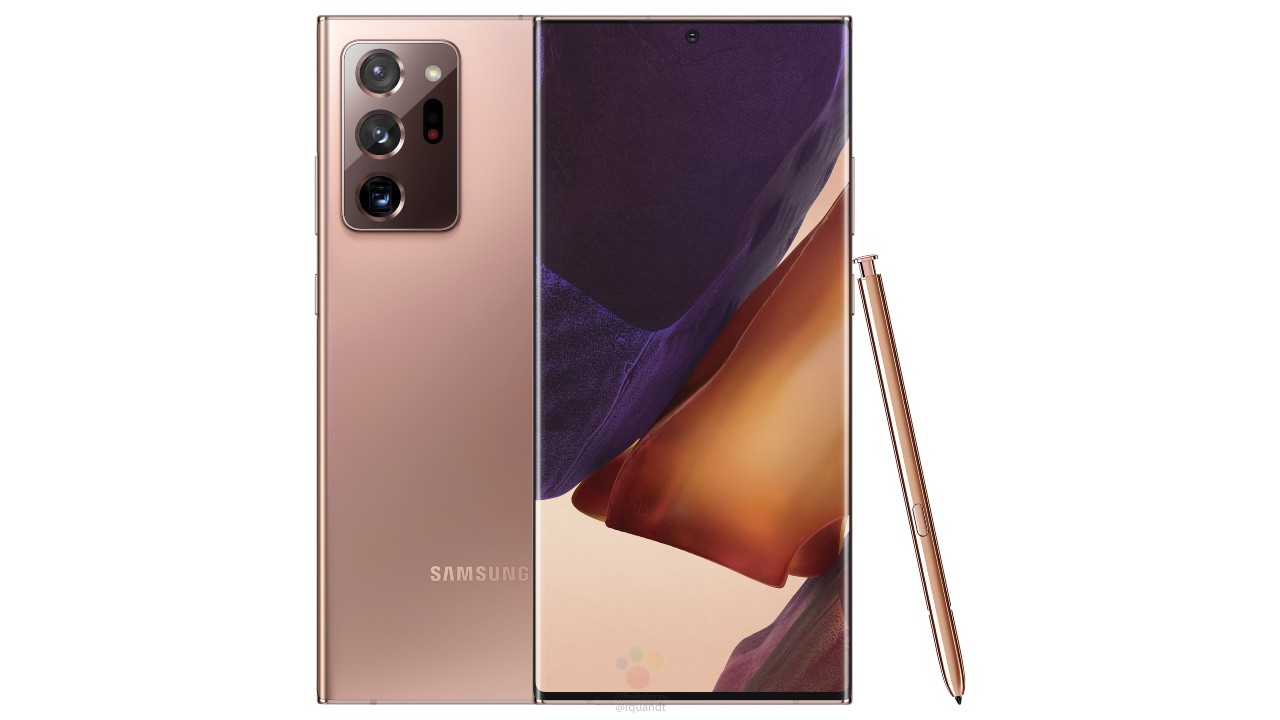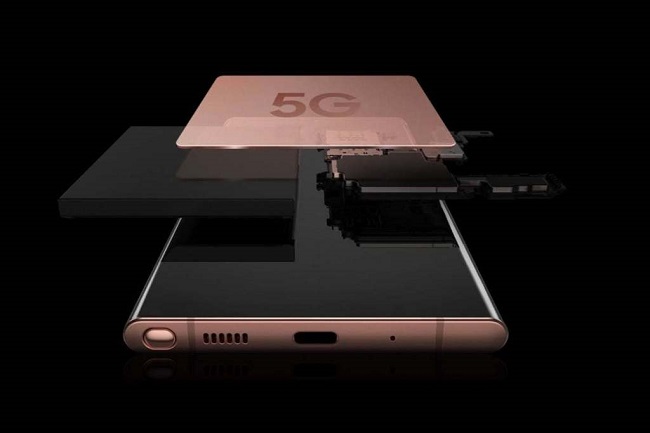Samsung debuts mobile displays with variable refresh rate

One of the new trends in the mobile market is focused on offering a more complete experience when enjoying video games, and among them the increase in the refresh rate of the screens is spreading among manufacturers. Recently, the first proposals for phones with support for 120 Hz have been known, although Samsung is the only one that has been encouraged to impose a variable technology.
Strictly one of the problems that come together with the increase in the refresh rate is the increase in energy consumption that will prevent arriving with a good autonomy at the end of the day. With the premiere of the new Samsung Galaxy Note 20 Ultra 5G, it can be seen that the Korean firm’s solution is to automatically change these levels according to the content that is being played in real time.
Samsung and 120 Hz just for when you need it: Samsung debuts mobile displays with variable refresh rate

Samsung Galaxy Note 20 Ultra 5G is the first to offer this technology
Although 120 Hz are extremely attractive for users, the truth is that they are not necessary in each of the constant activities that are carried out with a Smartphone on a daily basis, so with this system the refresh rate will be lowered when a static image for a longer period of time and will automatically raise them to the maximum when playing a video game.
In this way, optimal results are achieved in terms of energy consumption, since the new OLED panels with variable refresh rate technology manage to have 22% more energy compared to the traditional panels currently used in new generation smartphones. .
Among some of the examples provided by Samsung it is indicated that its panel operating at 10 Hz can consume at least 40% less energy than a conventional screen that shows still images with a higher rate (normally at 60 Hz) that is not needed. Obviously all the changes are made without the user having to manually modify any configuration parameter.
Also, the current settings available on the new screens are capable of displaying content at five predefined levels: 120 Hz, 90 Hz, 60 Hz, 30 Hz and 10 Hz . From the latter, it is also ensured that the image flickering effect caused by differences in brightness at low speeds has been eliminated using backplane technology.
You, what importance do you give to the new mobile screens with higher refresh rates? Is it a feature that really helps define your choice?







